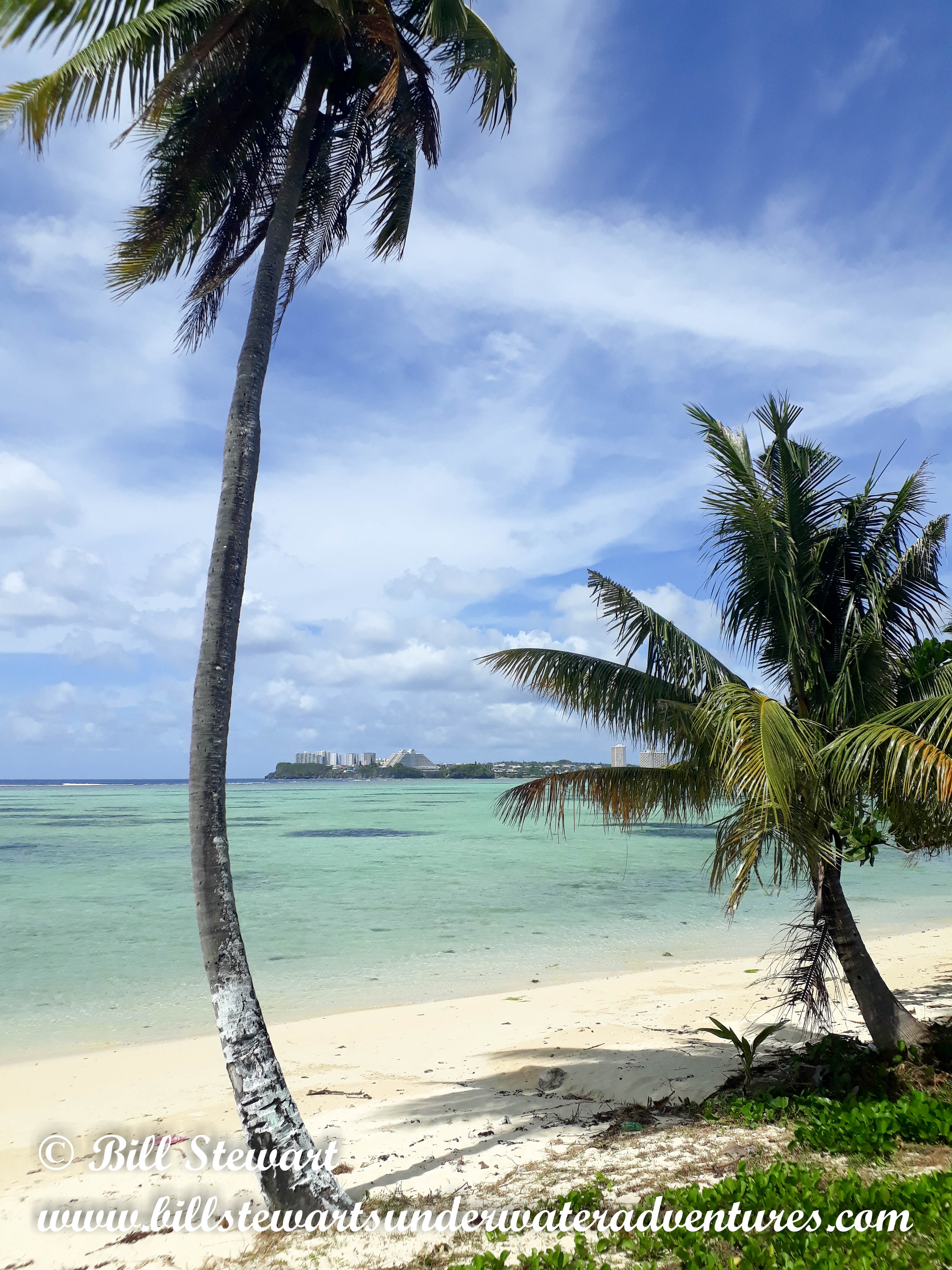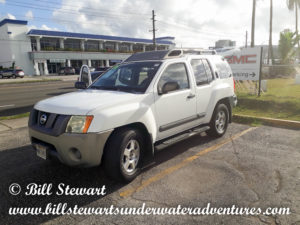On my blog I’ve written about my travels and the places I dive more than anything else. Occasionally I write about other subjects as well. Today I’d like to shed a little light on a problem that has been around for years, and yet it appears that there are many people who are still unaware of it. At the end here I will share my own personal experience.
Braided hoses are popular for a variety of reasons. They’re very flexible and resistant to cuts due to their layered construction. When I saw them for the first time 10 years ago, I remember thinking, “What a great idea”!
2009 was the year I switched to a backplate and wing and started diving with a long hose. I bought new regulators that year and opted for Miflex hoses. When I bought them originally I was planning a trip which involved a lot of wreck diving (Coron, Philippines). Jagged metal, especially in ships that were sunk in battle, is always a potential hazard. Braided hoses seemed the most sensible choice at the time. That layered construction in addition to the protection it gives can, as it turns out, also hide potential hazards.
The issue I’m writing about was first brought to my attention by a blog article written by my friend Andy Davis. He’d written about a problem with braided hoses which resulted in an emergency air-sharing ascent. Nylon Braided Regulator Hose Diving Emergency
His investigation indicated the problem was likely “polymorphic crystallization”. After reading it I very understandably became concerned! Was this an isolated incident, or a real cause for alarm? The red flag was up though and I started doing more research on the issue. I discovered that what had happened was not an isolated incident. DAN (Divers Alert Network) had become aware of the problem and began investigating it also (referring to Andy’s blog post in their article). They found that at least one hose manufacturer and a shop that serviced equipment in a busy diving area had also reported the problem. How was it that I’d not heard about this? Not just me but others as well! DAN’s investigation came to the same conclusion that Andy had several months earlier, that the issue was polymorphic crystallization. Alert Diver-Invisible Crystals
Polymorphic crystallization is a chemical process. It results from a heating/cooling cycle. According to DAN, all of the reports of problems came from tropical areas.
The current theory is that repeated cyclical heating and cooling of the hose lining promotes this form of crystallization in materials either unsuitable for this application or affected by certain chemicals or bacteria. The sun heats the hose, then the flow of breathing gas cools down the internal surface of the hose again. This process recurs with each dive, and the crystals grow and accumulate over time. Enough crystals eventually form to encroach on the gas flow, or they migrate toward the second-stage regulator, resulting in significant failure of the breathing device.-Alert Diver “Invisible Crystals” Q1 Winter 2017
Now for my personal experience… I had not noticed any external issues with the hoses. No cuts, no bulges, no chafe marks. Everything seemed normal. They both seemed to breath okay. Although, having regs that are both high-performance regs (Dive Rite Hurricanes) and that could be adjusted to make breathing easier probably helped hide that there was a problem. I wouldn’t have noticed an increase in work of breathing. I would have just adjusted them to make them easier to breathe from. In hindsight the hoses were 10 years old, but hoses aren’t serviced, they’re generally replaced when they show signs of wear. Mine didn’t have any apparent problems other than they seemed (beforehand) to have held up exceptionally well for their age.
I’ve been pretty busy with my move and getting settled. I stopped in at Guam-Micronesian Islands Scuba Wholesale early last week to say hi to my friend Jim Pinson. Jim is the local Dive Rite dealer. I mentioned I was going to replace my hoses because I’d heard there could be problems. He’d also heard this and suggested we cut the hoses open to see what we would find. I’d had the same thought and agreed. After replacing the hoses we cut them open to see what we would discover.
The hoses I replaced were a 24″ hose and an 84″ hose (I have a typical backplate and wing setup with a long hose as my primary and secondary worn on a necklace). Both hoses have manufactures marks and the year they were manufactured (2008). I purchased them just under 10 years ago in 2009. Although I own more than one regulator set, these were used quite often and had probably at least 400 dives on them.
The first hose we inspected was the 24 inch. When we cut it open, no issues were found. The hose was in perfect condition! I thought to myself, “Well, better safe than sorry”.
The second hose we inspected was the 84 inch. This one was a completely different story! The end had obvious polymorphic crystallization that could be seen. There was still a space in the middle for air to flow through the hose, but the crystallization process had resulted in a much smaller diameter! This is where having high-performance regs enter the picture. A lower performance regulator would likely have given me some indication. When we split the hose open there was a “significant” amount of material inside the hose. It was fortunate that this material did not enter and clog my 2nd stage during a dive!
I contacted DAN and made a report. Jim also contacted his braided hose distributor and they asked to see the hoses. He asked my permission to send them and of course I said yes. I’m sure they will be making inquiries to the manufacturer. I’m curious what insights they will come up with. I will definitely keep everyone posted. I suspect that they will dismiss this as a problem because of the age of the hoses.
My understanding now is that the newer braided hoses do not have this issue. They’ve changed the material of the lining to something that is resistant to this chemical process in 2014. There are likely still hoses in use out there though that look great and have no visible issues, yet hiding inside is an accident waiting to happen! 4 years is not that long and these hoses, externally at least, hold up extremely well. I hope you’ll share this post and help get the word out there for the benefit of those who may still be using older hoses.
Over the years I’ve never had anyone say to me, “have you heard there are problems with braided hoses?”. I was unaware of it until I stumbled across the post on Andy’s blog. I’m on the internet quite a bit when I have the opportunity and am always reading on subjects related to diving and yet only just recently did I hear about it! All the more reason I think to continue spreading the word. Having said this I’m sure there are people reading this who have known about it for years and might ask why didn’t I know? The answer is simple… because no one told me!
I’m sure there is some debate about how often a hose should be replaced… At the time that braided hoses were released they were touted to be lighter, stronger, and much more durable than traditional rubber hoses. I’ve seen around the web that 5 years or 500 dives, whichever comes first is a good rule of thumb. It’s a suggestion though, not a rule. Maybe a good one? I’ve also seen opinions that as long as they are cared for they will last much longer. Hoses wear out but how long does it take? On an online forum I looked at when I was researching this article, someone claimed to have been using their hoses for 20 years… maybe an exaggeration?
When my regs were serviced in 2014 (after being in storage for 4 years) and again in 2016, the technician didn’t suggest I replace the hoses, even though the manufacture date of 2008 is clearly visible. The hoses still appeared to be in good shape (externally they still appeared to be in good shape when we cut them open to). Neither time did anyone at the shops where I had the service done mention any problems with polymorphic crystallization. This is just another indication to me that there are still a lot of people who might be unaware of this issue. I think a lot of people don’t pay to much attention to hoses. They replace them when they notice a problem. All the more reason to let people know that there might be a hidden problem that is not readily apparent!
My hoses had probably over 400 total dives. The shorter hose was pristine when we examined it. No problems. Why was one hose fine, but the other one not? Was it because other than to check that reg for function before each dive, it really wasn’t being used?
When I changed my hoses I went with rubber ones this time. I think I’ll give it a bit of time to see how the new materials hold up.
In the future I’ll be planning to change my hoses on a more of a schedule and not simply based on inspection. Getting complacent can be an easy thing to do for anyone even someone who has dived for a long time. I’m sure I’ll get a bit of criticism for not having already made that a practice and changing my hoses sooner, but I will bet that there are others out there who may have gotten a bit complacent too. They are still using these hoses and better a bit of embarrassment for me than an accident… Better safe than sorry, right?
Thank you to Andy Davis for his efforts to bring attention to this problem and also for his permission to link his original blog article. If you’re looking for world-class technical diving instruction Andy is your guy! Be sure to check out his blog! Scuba Tech Philippines












































